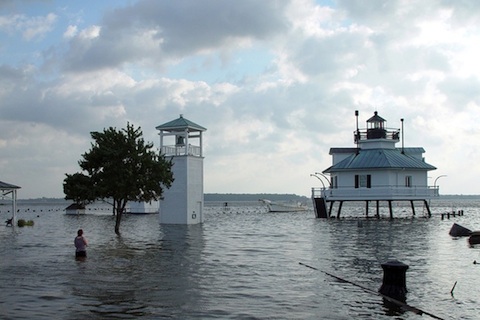
The arrival of Hurricane Isabel in 2003 flooded the retirement home of a Chesapeake Bay couple. With sea level around the Chesapeake Bay rising faster than the global average, how are coastal residents planning for change?
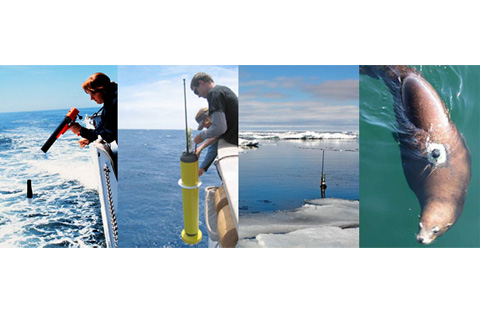
More than 90 percent of the warming that has happened on Earth over the past 50 years has occurred in the ocean. Not all of that heating is detectable yet at the surface
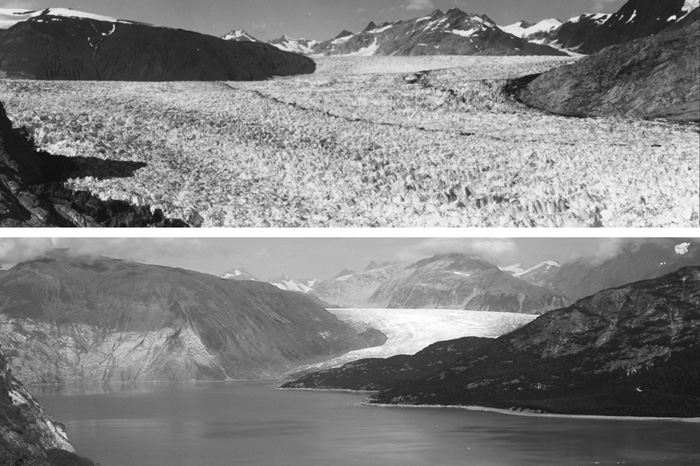
Present since the last ice age, most of the world's glaciers are now shrinking or disappearing altogether as the climate gets warmer.

For the fifth year in a row, late spring snow cover was below average again in 2022.

Predicting El Niño and La Niña Events
January 26, 2011

Capping off the warmest decade on record, the average global temperature in 2010 tied 2005 as the warmest year since reliable records began in 1880.
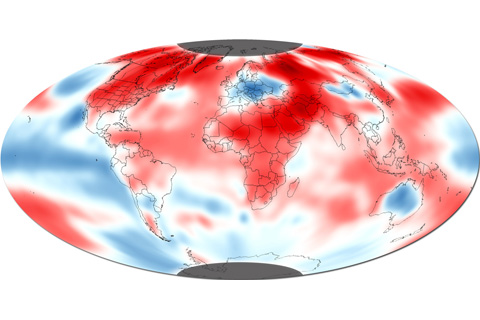
The average global surface temperature in October 2010 was 58.07°F (14.54°C), which is 0.97°F (0.54°C) above the historical average, according to the monthly assessment from NOAA's National Climatic Data Center.
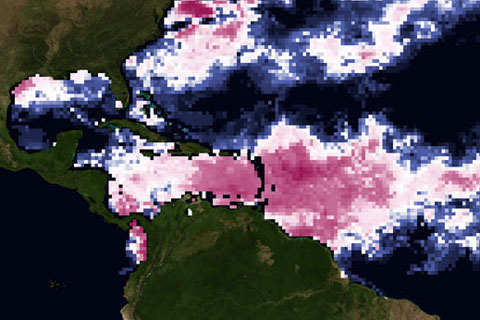
How do warm waters in the Caribbean this year compare to conditions in 2005, when high ocean temperatures triggered the worst mass coral bleaching event ever seen in the region?

When the winds are right, dust from the deserts of the U.S. Southwest blows onto the snow-capped Rocky Mountains. How do dirty snowfields contribute to the loss of more than 250 billion gallons of water in the Colorado River?

Identifying ocean areas with a deep layer of warm water—places that are storing large amounts of heat—is important for scientists trying to predict whether or not a hurricane will intensify.